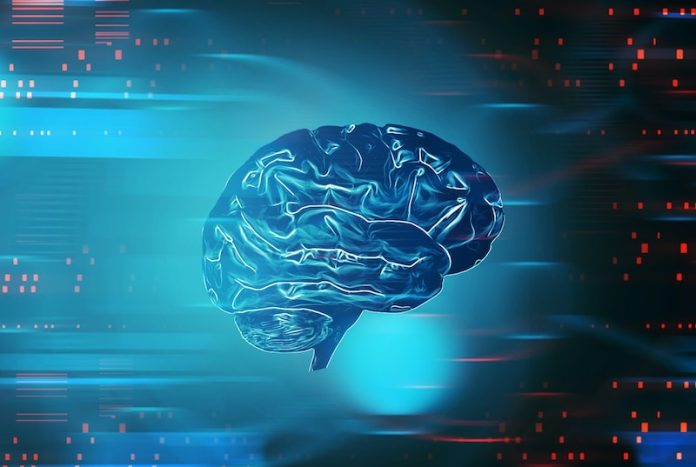
Scientists used to think that some special ring-shaped bits of genetic code in our brain cells were just “junk.”
But a team at Brigham and Women’s Hospital found something surprising: these rings, called circular RNAs or circRNAs, seem to have a big role in diseases like Alzheimer’s and Parkinson’s.
The team studied brain samples from 190 people who had passed away. They wanted to understand the role of these circRNAs in our brain’s health.
Guess what? The rings are everywhere and appear to be doing important work, especially in the cells that get messed up in Alzheimer’s and Parkinson’s.
How These Rings Connect to Brain Diseases
Think of your brain as a super-busy train station. There are different types of “trains” (cells) with specific jobs.
Two major ones are dopamine neurons, which help control our movements and moods, and pyramidal neurons, which help with memory and language.
In their study, the researchers found that a lot of the circRNAs were linked to these special brain “trains.” Even more, they found that many of the circRNAs come from the very genes that go wrong in Alzheimer’s and Parkinson’s.
It’s like discovering that a track problem in the train station starts way before the trains start crashing or stalling.
What’s Next? Medical Detective Work and New Treatments
The researchers say these circRNAs are pretty tough little things—they don’t break down easily.
That’s a big deal because it means they could serve as clues or “biomarkers” to detect diseases like Alzheimer’s and Parkinson’s much earlier. Imagine knowing that a track is going bad well before any trains crash.
Even more exciting, these circRNAs could be used in future medicines. If scientists can figure out exactly how these rings work, they could try to fix them or use them to deliver therapies right where they’re needed in the brain.
Wrapping It Up
Okay, we’re not there yet. The researchers admit they still have a lot to learn about how these circRNAs work and why they’re so important in brain cells.
But the study has cracked open a new door to understanding these tricky brain diseases. In fact, it’s the most complete look at circRNAs in human brain cells so far.
We’ve come a long way from thinking these circRNAs are just “junk.” Now, they look like valuable clues that could help us catch and treat some of the most common and heartbreaking brain diseases out there.
If you care about Alzheimer’s, please read studies about the likely cause of Alzheimer’s disease and new non-drug treatments that could help prevent Alzheimer’s.
For more information about brain health, please see recent studies about diet that may help prevent Alzheimer’s, and results showing some dementia cases could be prevented by changing these 12 things.
The research findings can be found in Nature Communications.
Follow us on Twitter for more articles about this topic.
Copyright © 2023 Knowridge Science Report. All rights reserved.



